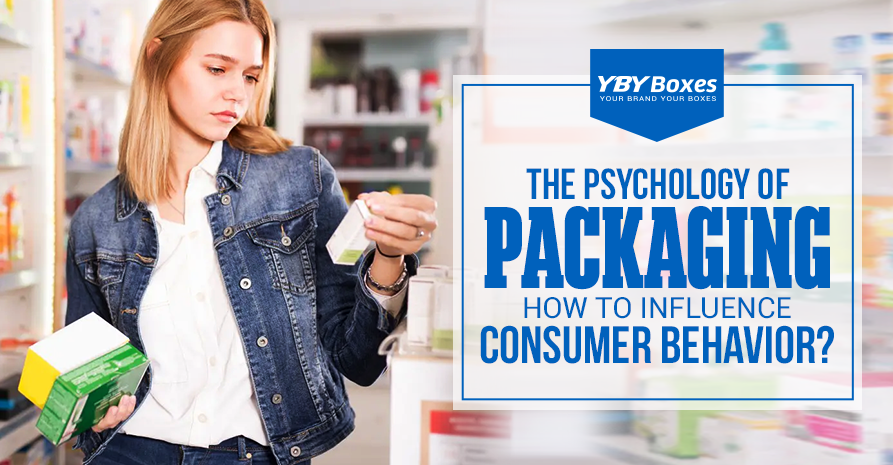-
Call Now:
888-800-8032

In the contemporary competitive retail environment, custom paper packaging is the all-important link between the product and the buying customer; often it is the only interaction experienced by a consumer preorder.
Right packaging makes or breaks a product in today's e-commerce driven culture. The psychology of packaging deals with how colors, shapes, materials, and design impact consumer perception and behavior.
A brand's comprehension regarding how all these elements affect the customer's decision can be pivotal in boosting the effectiveness of their marketing strategies and increasing sales.
First impressions matter, which is especially critical in a marketplace filled with options. On encountering a product, buyers immediately check the container for a clue about its quality, pricing, and suitability for their needs.
Research shows that approximately 70% of buying decisions are made at the point of sale and thus reminds us of featuring influences and baffling thoughts for those very decisions.
Custom printed packaging that so stands out from others will attract the eye, create an interest, and even evoke an emotional appeal. This was made to run consumers on curiosity and straight into the buying decision.
The colors that are used in custom packaging are among the most poisonous and potent weapons that can be used in influencing consumer behavior.
Certain colors elicit specific emotions and associations. Red is more energetic, creating an appetite hence being a popular choice among many food companies about color in their packaging.
Moreover, colors can influence perceived price and quality. Studies indicate that consumers might associate darker colors with luxury and premium products. On the other hand, brighter colors might connote lower prices or a more down-to-earth approach to a brand.
The shape and structure of packaging are supposed to be of great importance when it comes to consumer perceptions. Unique packaging shapes may stand out on crowded shelves, hitting the target of consumer attention.
For instance, odd shapes or containers may connote creativity and innovations to the imagination of the customers who look for something out of the ordinary.
Moreover, packaging's functional characteristics—its ease of opening; use; and storage—also influence the satisfaction and loyalty of customers. Good packaging design that creates a pleasant user experience generates the possibility for repeat purchases.
Packaging design is an art mastered by brands like Apple; Apple makes unboxing experiences pleasant and intuitive while closely aligning with the inherent emotional connection consumers have to their products.
Another key part of the packaging is the ability to tell a story. Modern consumers seek authenticity and transparency from brands. Customized packaging that highlights a brand's story, values, and mission can create a deeper connection with consumers. This can be achieved via bright visuals, insightful text, or even interactive elements.
In such manner, brands can share the journey of their products, from sourcing raw materials to manufacturing processes, highlighting ethical practices and sustainability efforts. This not only educates consumers but also cultivates trust and loyalty-on the part of consumers feeling more connected to brands that uphold their values.
Packaging psychology is an all-encompassing field that firmly stands between art and science. The use of color, shape, materials, and caricaturing transforms the packaging into a strategy that can capture consumers' attention and add value to their consumer experience. In this supercompetitive market, an investment in effective packaging design is bound to affect consumer behavior, foster brand loyalty, and eventually maximize turnover.